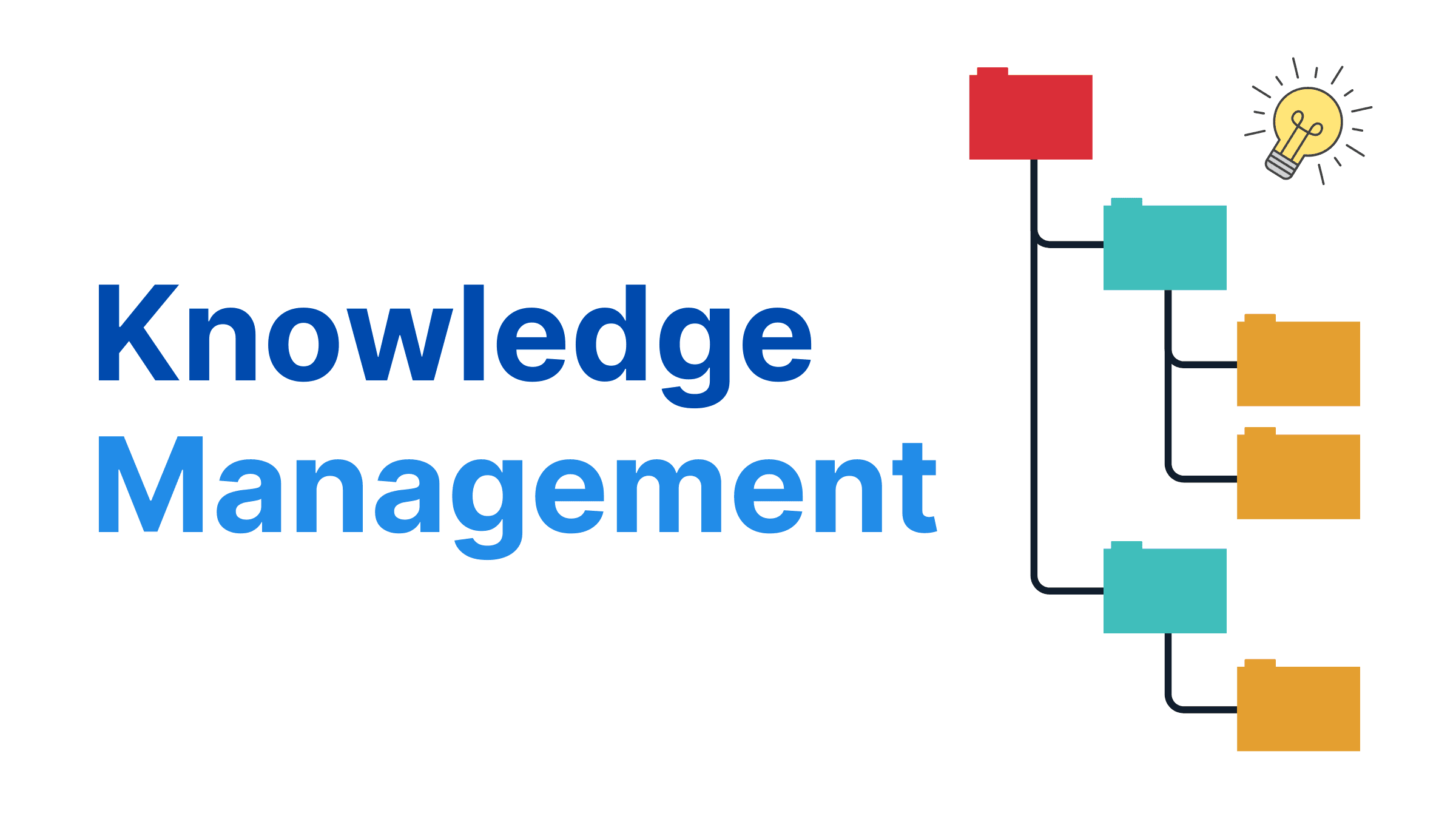Building on the Levels of Knowing in Knowledge Management
John Roice Aldeza
Published on September 11, 2024

This class summary article builds on the discussion from my previous class summary here. We continued to explore how information can be applied across different levels of knowing. We started by revisiting the Certificate of Registration (COR) we discussed last time. As a quick recap, the COR is a document that confirms a student’s enrollment at the university, containing basic information like name, address, list of courses, billing details, and more.
Our facilitator asked us to think about how these details transform into knowledge. We learned that when data is organized and interpreted, it becomes information, and when this information is applied, especially in practical contexts, it becomes knowledge. Furthermore, knowledge turns into wisdom when it is shared with others and used to make crucial decisions.
Understanding Tacit and Explicit Knowledge
We also explored the two main types of knowledge: tacit and explicit. Tacit knowledge is personal and hard to express. It’s gained through experience, intuition, and insights that aren’t easily documented. For example, a skilled manager might know how to handle difficult conversations with employees, but this knowledge is based on years of experience and understanding the nuances of human behavior—something that can’t just be written down in a manual.
On the other hand, explicit knowledge is formal and can be easily communicated or documented. This kind of knowledge includes things like manuals, textbooks, and databases. Explicit knowledge is structured and can be shared through documents, presentations, or reports. For instance, a user guide for a software program or a standard operating procedure document falls under explicit knowledge.
The Formula for I.T. and Management
We also discussed the formula for I.T., which includes both hardware and software. Also, I think we also tackled on how can we apply technology on real world scenarios and in management. This formula highlights the importance of balancing technological tools (hardware and software) with effective management practices to maximize productivity and innovation.
Conclusion
In this class, I’ve learned about the different levels of knowing and how we can apply them in real-world situations. Understanding the distinction between data, information, knowledge, and wisdom helps us make more informed decisions based on the information available to us. Knowing whether knowledge is tacit or explicit can also guide us on how to share it effectively and use it to drive impactful outcomes.